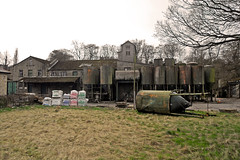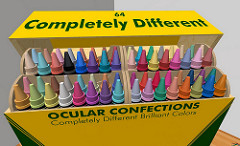With all the complexities in the world, how do you determine what to focus on in 2022? HR and employee issues concerning remote work and wellness? Office or retail space utilization? Supply chain issues? Inflation and pandemics? World events that could cause disruption? Blockchain, artificial intelligence, green energy and on and on? And don’t forget the needs of your customers.
What’s needed is a simple How To Guide to manage this overwhelming challenge to your resources. There is an old saying paraphrased as “don’t build a house on sand”. In other words, use your resources to build a solid foundation. Then you will have the ability to manage a myriad of risks and harness amazing opportunities when they come. Here are four tasks…







 One of the core principles that Millennia Group advocates and adheres to is that the official copy of a digital document should be a singular unit. What this means is that the digital version, a PDF in most cases, should contain only one document. What our users encounter, and sometimes want, is a different story.
One of the core principles that Millennia Group advocates and adheres to is that the official copy of a digital document should be a singular unit. What this means is that the digital version, a PDF in most cases, should contain only one document. What our users encounter, and sometimes want, is a different story.


 In a past era processes were set in stone. Assembly lines were created and they ran for three shifts a day year after year. Big mainframes were programmed and some of those programs still run today. Change was slow and methodical for both consumers and businesses.
In a past era processes were set in stone. Assembly lines were created and they ran for three shifts a day year after year. Big mainframes were programmed and some of those programs still run today. Change was slow and methodical for both consumers and businesses.